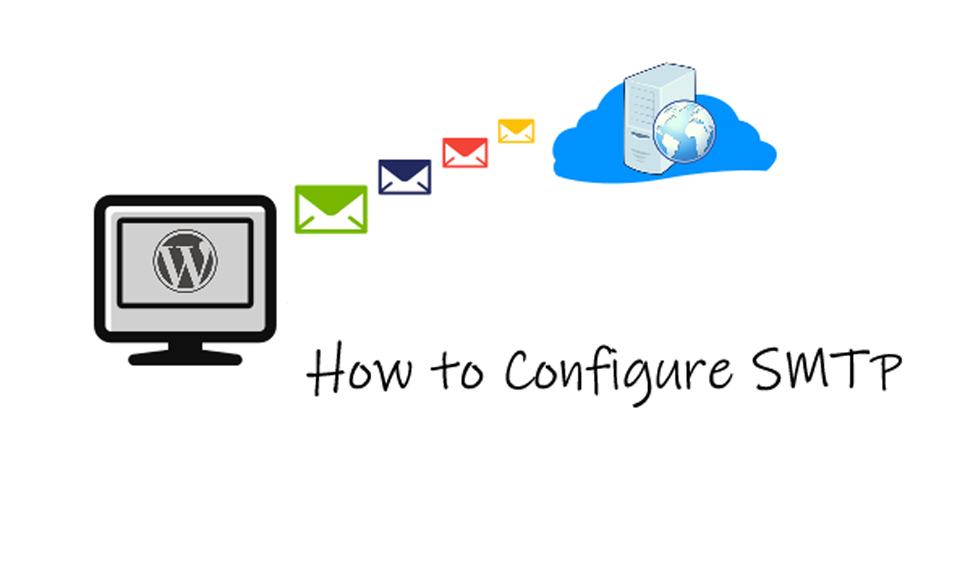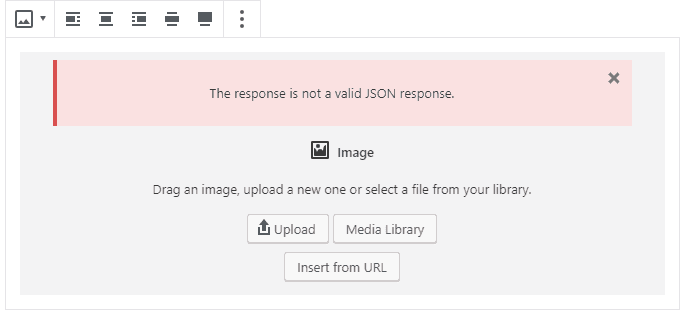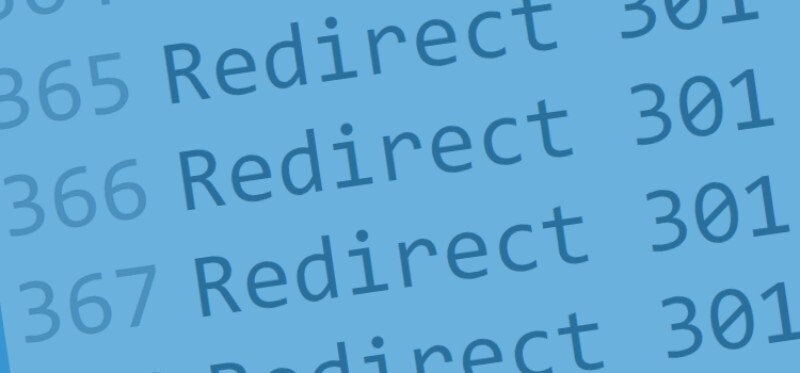Each time a user decides to login into the WP dashboard, they will see some messages located at the top of the screen. These are called WordPress admin notices. Their main purpose is to notify users of any important information such as errors, updates, or warnings.
While they might be annoying most of the time, they are very crucial. You can use them to guide you in doing important tasks such as fixing errors, updating plugins, or resolving technical issues.
Today we will talk about why it’s best not to ignore these updates and how to manage them in a better way.
Are admin notices so important?
They are the core of WP. They announce new WP updates, show your error messages, or confirm changes you have made to a post.
Different types of admin notices
There are four main types of issues which WP admin can notify you about. These notifications are shown in a block with different coloured border.

Success notice
These notices are shown each time you make a successful change to your website. For instance, when your new post has been published successful. Success notifications of shown with green border.

Warning notice
These notifications are visible when WordPress needs to warn the user about something. For example, a plugin is installed but it’s not working properly. They are displayed with a yellow border.

Information notice
These notifications show you simple information such as which day of the week it is. They are displayed with a blue border.

Error notice
They appear when something is wrong with your site. You will notice that they are displayed with a red board.
Why do you need admin notices?
A lot of WP users get annoyed by admin notifications. However, they can be quite useful in advising crucial information and receiving feedback for your plugins.
WP themes and plugins are in a lot of cases released with continuous integration and delivery (CI/CD) in mind, which means that the plugins are available to the general public in releasable mode. This means that any changes made to the plugins and themes are immediately available to customers.
The result is that team developers use the help of admin alerts in order to notify of theme updates or third-party plugin which is crucial for certain features of the theme. A lot of developers use notifications in order to promote premium versions, or making any type of technical changes to the theme.
Aside from admin notifications, users can also add custom admin notifications which can help communicate with other team members. For example, such as a scheduled website outage.

The downside of admin notifications
Although there are a lot of benefits from admin notifications, it’s been an ongoing debate about the functionality of these notices. Especially those which are included in plugins and themes.
Notifications used for marketing purposes
A lot of developers use admin notifications for marketing, general sales promotion and upsells. This tends to disrupt users’ workflow as it shows up on the WP Dashboard pages.
Notifications for minor problems
One huge reason admin notifications are annoying is that they are added where they are not needed. For instance, users do not find theme update notifications useful, only distracting.
Recurrent notifications
A lot of developers use admin notifications when installing a plugin, however users tend to be annoyed that they do not have the option to dismiss the alerts. The messages lack a close button, or they appear every time you close a page.
Tracking data notifications
Some plugin developers have introduced admin notifications specifically for administrators in order to track user activity and website data. This can be a useful feature if your website has multiple users. However, it might be suspicious when your clients log into your website and receive a notification asking to track them.
Managing admin notices
If you are using a number of plugins, you will receive a flood of admin notifications which in a lot of cases you will just skip. They can bombard you with notifications and can significantly slow down your website. This is why it’s important to keep your plugins up-to-date.
Plugins

The best way to avoid cluttering up notices on your WP admin dashboard is with the help of a third party plugin, such as admin notices manager plugin. This plugin is easily manageable, free, and very easy to use. You can filter out the admin notices and separate them on a different page in your dashboard. You can also customize where these notices are displayed and so on.
Manual Solution

You can just login more often on your website, not just to schedule or publish new posts. This way you can clear out any pending notifications and prevent overcrowding on your dashboard. In addition, these logins will insure you will not miss any potential errors.
Conclusion
The WordPress plugin directory currently has over 8000 themes and 58,000 plugins, each with their own settings and notifications. And this does not include the thousands other themes and plugins which you can download online. It’s most likely that you have come across one or two annoying messages.
If you have mostly ignored these notifications so far, you need to change your approach. Check out in details your messages and deal with the useless plugin messages.
You can also use alternative plugins which will not abuse this feature and not completely disable important alerts.





